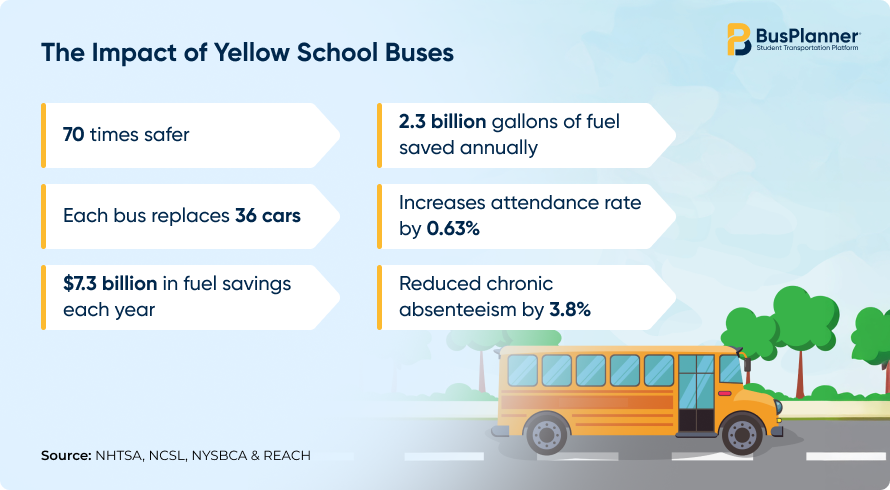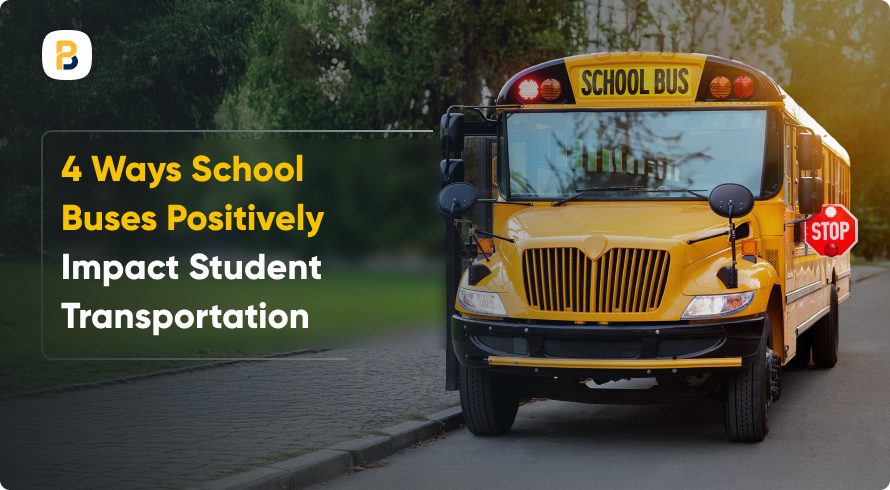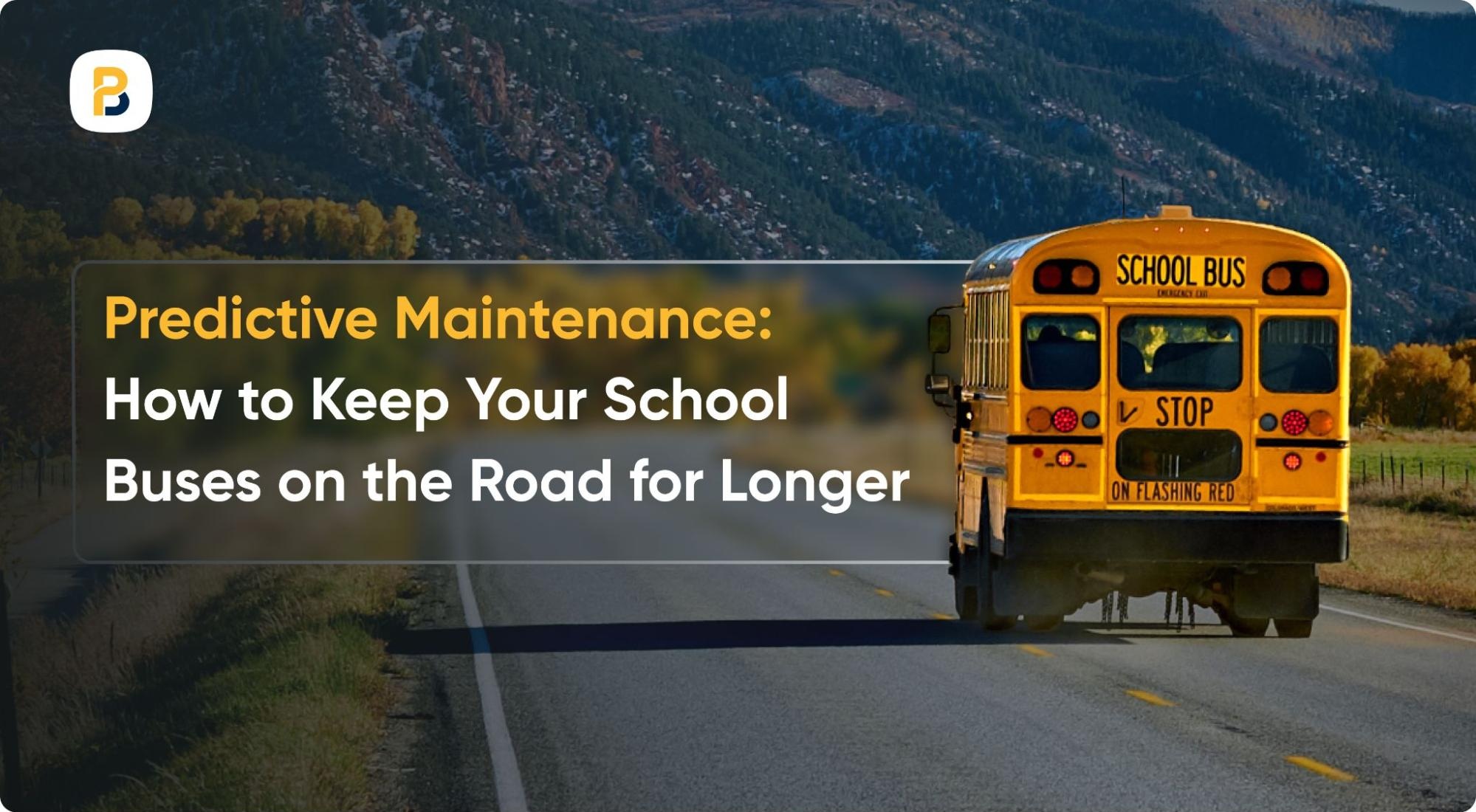School buses do far more than just provide transportation; they form the backbone of an efficient, safe, and equitable education system. From improving safety to reducing traffic and carbon emissions, their benefits are often overlooked.
Here’s a closer look at how school buses positively impact student transportation:
1. Safer Than Any Other Mode of School Travel
When it comes to transporting students, safety is non-negotiable. Student transportation systems are specifically designed to protect children on the road, and their track record proves it:
- Less than 1% of all traffic fatalities involve children on school transportation vehicles.
- Students are statistically 70 times more likely to arrive at school safely when taking a school bus compared to traveling by car.
2. Mass Transit: Replaces Thousands of Cars
The school bus system is the largest form of public transportation in the U.S.. It is bigger than all other transit systems combined. It efficiently moves millions every day, taking thousands of cars off the road.
- Roughly 480,000 school buses operate across the country, transporting around 26 million students daily.
- Typically, a single school bus replaces 36 cars. This results in significant reductions in emissions.
- With the help of school bus routing software, districts can reduce the number of routes by up to 37%, cut fuel consumption, and improve fleet efficiency.
3. Districts and Families Save Money
School buses are not just about transportation; they are about saving money. By consolidating travel, they significantly reduce both direct and indirect transportation costs, providing substantial savings for families and school systems.
- These buses result in approximately $7.3 billion in fuel savings each year.
- They also eliminate approximately 2.3 billion gallons of fuel annually, reducing fuel-related expenses across the board.
- A school districts saved over $800k annually by reducing fuel use, labor hours, and unnecessary routes by using a student transportation platform for managing fleets efficiently.
4. Supporting the Academic Performance of Students
Getting students to school consistently and on time has a direct effect on learning outcomes. A stress-free and reliable transportation system helps ensure they don’t miss valuable classroom instruction.
- The consistent practice of morning bus rides cultivates punctuality and time management in students. These vital competencies empower them to succeed academically and in their endeavors.
- School bus eligibility increases attendance for economically disadvantaged students by 0.63%, which is roughly equivalent to one extra day of school per year.
- It also reduces chronic absenteeism by 3.8 percentage points, a 20–25% drop in the number of students missing more than 10% of the school year.
Conclusion

The yellow school bus is a safety net, a cost saver, and an environmental solution rolled into one. It connects students to learning, reduces the strain on families, and builds stronger, more sustainable communities.
As school districts and policymakers look to the future, investing in smarter, cleaner, and more inclusive transportation systems is crucial for equity, education, and the environment.
Contact us to learn how BusPlanner can help you enhance student transportation services for even better outcomes.







